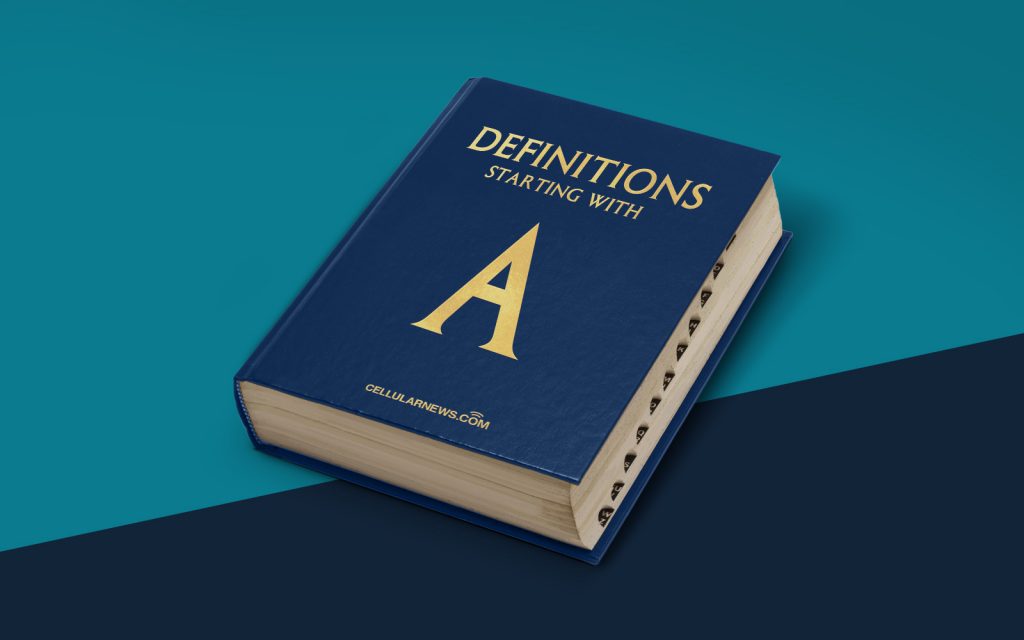
What is Advanced Authoring Format (AAF)?
When it comes to digital content creation and production, there are various industry standards and formats that professionals use. One such format is the Advanced Authoring Format (AAF), which plays a crucial role in the post-production workflow of audio-visual projects. In this blog post, we will delve into the world of AAF, discussing its definition, functionalities, and its significance in the media industry.
Key Takeaways:
- Advanced Authoring Format (AAF) is a standardized file format used in the post-production process, allowing exchange and integration of digital media between different software applications.
- AAF eliminates the need for time-consuming and error-prone manual processes, enabling smooth collaboration and interoperability among various creative tools and systems.
Understanding the Advanced Authoring Format (AAF)
The Advanced Authoring Format is a file format specifically designed for the exchange and integration of multimedia content between different software applications used in the post-production process. It serves as a bridge, facilitating the seamless transfer of audio, video, and other associated metadata, ensuring efficient collaboration and interoperability among various tools and systems.
With its standardized structure and comprehensive media object model, AAF enables content creators and post-production professionals to work together easily, regardless of the software or hardware they are using. By utilizing AAF, they can avoid the hassle of manual file conversions and minimize the risk of data loss or compatibility issues.
The Significance of AAF in the Media Industry
Nowadays, media production involves numerous software applications and tools, each specializing in different stages of the workflow. These include video editing software, audio mixing applications, special effects tools, and more. However, these tools often use unique file formats that are not easily interchangeable. This is where AAF comes into play.
AAF provides a standardized way of transferring media files, making it easier for professionals to collaborate seamlessly. By utilizing AAF, media content can be easily moved between different tools and systems without the need for time-consuming and error-prone manual processes. Whether it’s sharing projects between video editors, sound designers, or visual effects artists, AAF ensures compatibility and enhances workflow efficiency.
In addition to streamlining collaboration, AAF also preserves the integrity of the media content by maintaining the metadata associated with the files. This includes information such as timecodes, effects applied, and project-specific details. By retaining this valuable data, AAF enables accurate reproduction of the original project in different software applications.
The Future of AAF
As the media industry continues to evolve, the need for seamless interoperability across different software applications becomes increasingly crucial. AAF has played a significant role in achieving this, but it’s important to note that new technologies and formats may emerge in the future.
While AAF remains a widely-used standard, the industry may explore other formats that offer even greater compatibility and flexibility. However, with its proven track record and established presence in the media industry, AAF is likely to retain its importance and continue to be a vital component of the post-production workflow for years to come.
In conclusion, Advanced Authoring Format (AAF) serves as a standardized file format that enables smooth collaboration and interoperability in the post-production process. Its ability to transfer multimedia content between different software applications enhances workflow efficiency, eliminates manual processes, and preserves the integrity of media files. As the media industry continues to evolve, AAF remains a significant player in facilitating seamless communication across various creative tools and systems.
